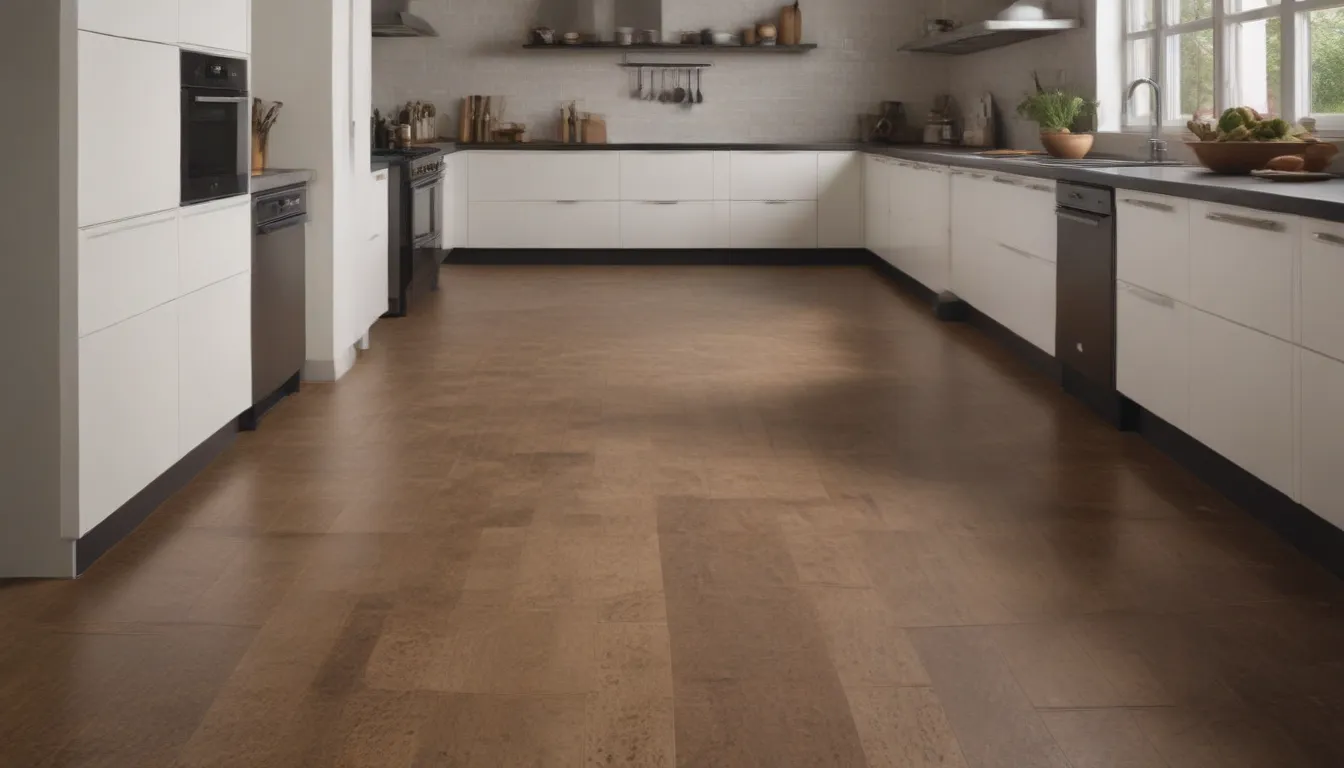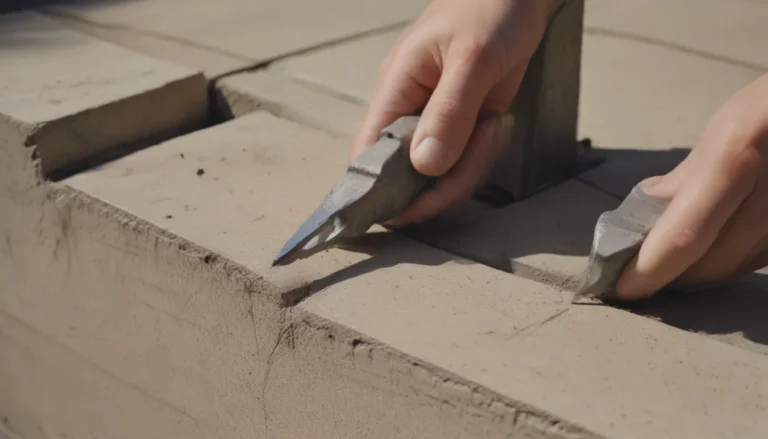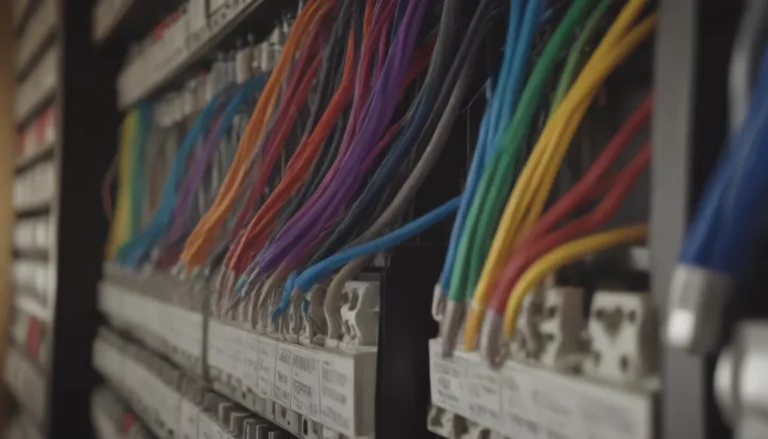Why Cork Tiles are the Perfect Choice for Your Kitchen Flooring

When it comes to choosing the perfect flooring for your kitchen, there are several factors to consider. From durability to ease of maintenance, finding the right material is essential for creating a space that is both functional and visually appealing. One option that is gaining popularity in kitchen design is cork flooring. But are cork tiles right for your kitchen? Let’s dive into the details to find out!
The Benefits of Cork Flooring
- Durability: Kitchens must have durable flooring that can withstand heavy foot traffic and daily wear and tear. While cork may not be as durable as tile, it offers some clear benefits in terms of durability and longevity.
- Washability: Cork flooring is similar to hardwood in terms of washability. It requires a bit more maintenance than vinyl or linoleum but is relatively easy to clean.
- Stain-Resistance: Cork is naturally resistant to stains, making it a practical choice for a kitchen where spills are inevitable.
- Environmentally Friendly: Cork is a renewable resource, making it an eco-friendly choice for homeowners who are conscious of their environmental impact.
- DIY-Friendly Installation: Cork tiles can be easily installed over wood or dry concrete subfloors, making it a great option for homeowners who enjoy DIY projects.
Installation Considerations
- Cork tiles can be installed over wood or dry concrete subfloors, or even over old flooring if properly prepared.
- The surface of the subfloor must be completely smooth to prevent any bumps, indentations, or voids from showing through the cork material.
- Cork tiles are typically installed with an adhesive that bonds them to the subfloor. After installation, the tiles are sealed with polyurethane or a similar floor finish for added moisture-resistance.
- An alternative to glue-down cork tiles is a floating floor made of click-together cork planks, which offer a different installation process and maintenance requirements.
Design Considerations
- Cork is a natural product, which means that each piece is unique in terms of colors, patterns, and features.
- Cork can be stained or dyed to match your kitchen’s design aesthetic, offering a wide range of options for customization.
- It is important to consider factors such as sunlight exposure and potential damage from heavy furniture or pet claws when choosing cork flooring for your kitchen.
Stains, Spills, and Cleaning
- Cork tiles should be sealed with polyurethane or a similar sealant to protect against moisture and stains. Sealants should be reapplied every 5 years to maintain their effectiveness.
- Spills should be wiped up quickly to prevent damage to the subfloor or adhesive layer. Basic maintenance involves daily sweeping or vacuuming to remove dirt particles that can damage the surface.
- Deep cleaning should be done with a slightly damp mop or towel, avoiding excessive moisture that can penetrate the material. Using the right cleaning agents for sealed cork floors is essential to preserve the integrity of the surface.
Comfort and Warmth
- Cork flooring is known for its comfort and warmth underfoot, making it an ideal choice for kitchens where you spend a lot of time standing and cooking.
- The natural sponginess of cork provides cushioning for your feet, legs, and back, reducing fatigue during long cooking sessions.
- Cork is also a great insulator, keeping your kitchen warm in the winter and cool in the summer. It can even be used with radiant heating systems for added comfort.
In conclusion, cork tiles are a versatile and practical choice for kitchen flooring. From their durability and ease of maintenance to their comfort and warmth, cork offers a range of benefits that make it a perfect fit for any kitchen. Whether you’re looking for a sustainable option or simply want to add a touch of natural beauty to your space, cork flooring is a fantastic choice for your kitchen renovation.





